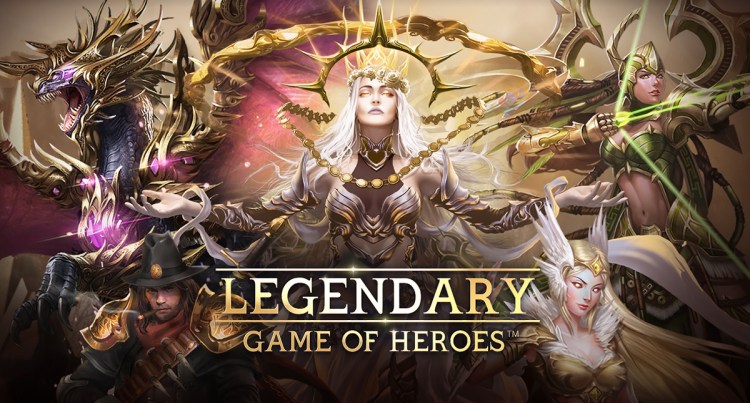N3twork is introducing a platform for scaling third-party mobile games today in an effort to expand beyond its business of creating its own hit mobile titles.
Viewed from the outside, N3twork will go down in mobile gaming history as “the Legendary company,” which in 2016 published Legendary: Game of Heroes. In its third year, the company generated $105 million in revenue from the title, said Neil Young, CEO of San Francisco-based N3twork, in an exclusive interview with GamesBeat.
But the N3twork Scale Platform is a distribution program for game developers that take the learnings from Legendary: Game of Heroes and apply them in a suite of tools that other developers can use.
The platform programmatically builds ad creatives, constructs ad campaigns, automates the optimization of those campaigns, and generates meaningful user segmentation and behavioral insights for use by third-party developers, said Eric Seufert, head of the platform at N3twork, in an interview.
June 5th: The AI Audit in NYC
Join us next week in NYC to engage with top executive leaders, delving into strategies for auditing AI models to ensure fairness, optimal performance, and ethical compliance across diverse organizations. Secure your attendance for this exclusive invite-only event.
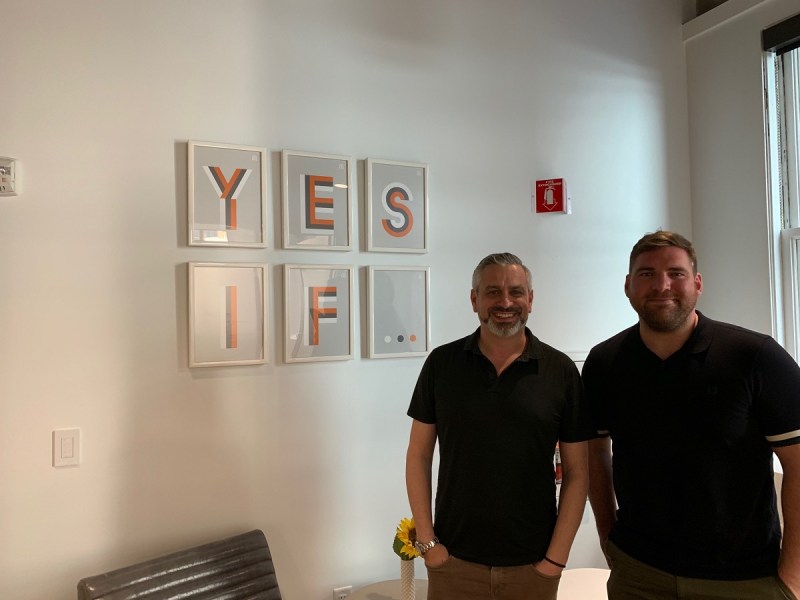
Above: Neil Young (left) and Eric Seufert of N3twork.
“We grow our revenue with our team that makes great games, but it is with a business model that is cognizant of lifetime value and the costs of acquiring users,” Young said. “You grow your revenue as you invest in marketing. We start with our talent and scale the business to profitability. 99 percent of all games never pay back anything. So we are aware that anything you can do to improve the retention of players and reduce the cost of acquisition matters. If we turned all these systems for Legendary off, it would be less profitable.”
In 2018, N3twork used these very same tools to spend tens of millions of dollars in user acquisition media on Legendary: Game of Heroes. Revenues for the game have grown from $6 million in 2016 to $45 million in 2017 to $105 million in 2018, Young said.
Why N3twork built its platform
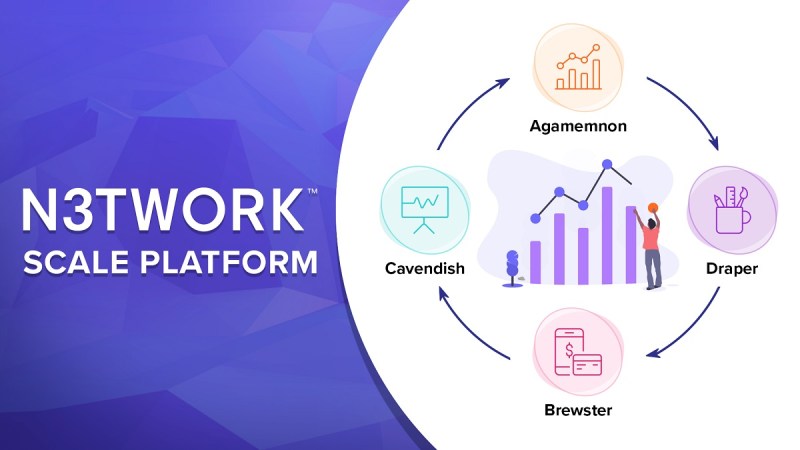
Above: N3twork Scale Platform is designed to help other game developers get their games to take off.
Most game developers don’t dwell on this “monetization stuff.”
“The N3twork Scale Platform is the sum of our collective experiences,” Young said. “All the things we learned from Ngmoco, DeNA, MZ, and others. We want to improve the basic equation for the cost of user acquisition.”
Seufert led user acquisition for a number of companies as a consultant at Agamemnon. In July 2017, N3twork hired Seufert and acquired his company to start building the platform. He said he thinks of the platform as the Amazon Web Services of app distribution.
In a blog post, Seufert said, “I’ve watched mobile user acquisition evolve from a parochial, narrow effort that most developers sought to build in-house into a broad, multi-disciplinary function that many developers struggle to staff internally now.”
Developers just don’t have the bandwidth to do this now. Seufert said that “mobile user acquisition is far more sophisticated today than it was during in the nascent period of freemium app distribution, and it requires deep domain expertise that is broader and more diverse than what used to be captured in a user acquisition role.”
Agamemnon’s legacy
Seufert wrote:
Now, as the top tier of the app economy diversifies into a multitude of verticals, the user acquisition function at any successful mobile-first company is staffed with data scientists, engineers, analysts, and artists that work with a broad set of tools. These typically help them identify the best users for their apps, build bespoke advertising creative for those segments, and even curate users’ first moments in the app.
The second mobile wave is now upon us, and it has introduced new monetization models like subscriptions and high-fidelity in-app advertising that allow a diverse range of app verticals to undertake user acquisition at scale. Over the next decade, this cycle in the app economy will create an order of magnitude more value than the first did, and performance marketing will be at the heart of that.
This sea change has largely been precipitated by “the duopoly” – Facebook and Google – which, in attempts to reinforce the walls of their gardens, have built inventory purchasing mechanics that obfuscate targeting data and make advertisers dependent on their “black box” algorithms. Google’s UAC and Facebook’s AEO and VO bidding types, in addition to its new budget-balancing feature, eliminates the need for advertisers to “push buttons” to achieve optimized campaigns. But while it’s now trivial to create and manage ad campaigns, an interdisciplinary and more complex process is needed to tune them: by finding the best in-app event signals to send to Facebook and Google, or the best creatives to pair with certain types of campaigns, or the best early-stage [return on investment] ROI metrics to use to proxy success. Exhaustive ad creative experimentation and analytical discovery are now the ways in which a user acquisition team establishes a competitive advantage.
Having tracked these trends as a mobile user acquisition practitioner, I started a company in mid-2016 to build Agamemnon, a SaaS-based mobile marketing analytics platform that would help teams lean into this new paradigm and automate their campaign optimization. When Neil Young and Dan Barnes, N3twork’s CEO and chief operating officer, respectively, approached me about acquiring Agamemnon, they presented me with the opportunity to pursue a broad, bold vision: to build, from scratch but with Agamemnon as its foundation, an end-to-end mobile user acquisition automation platform that would capitalize on this new mobile marketing climate.
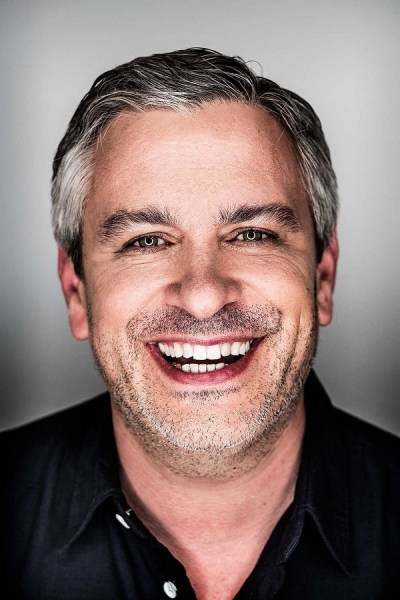
Above: Neil Young is CEO of N3twork.
Seufert believes that N3twork has evolved its mobile marketing that enables small teams to reach a large scale. After proving the platform works with Legendary, it is moving on to the next stage. It now wants to partner with developers that don’t have the funds to do similar work. It will also provide its own funding to smaller game developers, helping them create marketing budgets of their own. That money will fund a user acquisition test that will determine whether the tools can help a developer reach scale.
Meanwhile, Young said N3twork will continue to develop its own games with its internal teams. Overall, the company has grown to 90 employees in offices in San Francisco and Santiago, Chile. To help with the platform, N3twork recently hired Greg Essig, who performed stints at Mobcrush and at Apple (where he led mobile game partnerships for the App Store).
N3twork is looking for live games on the App Store or Google Play which it can scale with its in-house tool, dubbed Tiresias. The platform will eventually be available on a self-serve basis as a software-as-a-service business. But for now, Young said the company is taking a curated approach to working with developers.
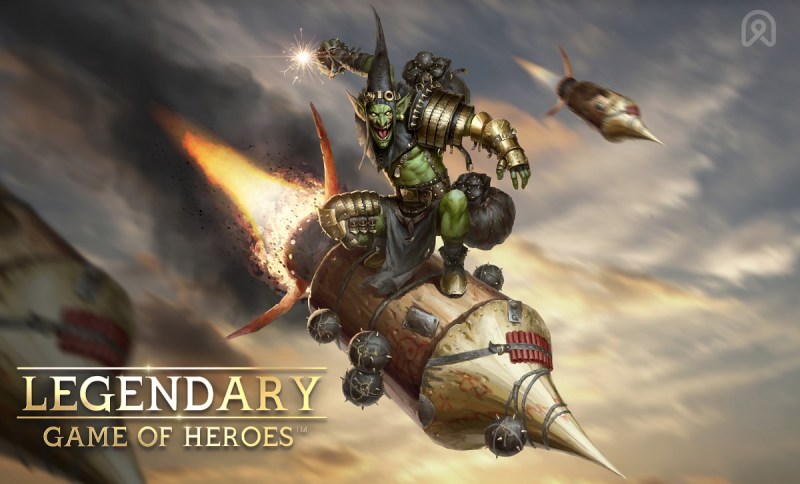
Above: Legendary generated $105 million in revenues in 2018.
Other companies have tried this kind of thing before, but they ran into conflicts, like choosing to promote their own games rather than their customers’ games. Seufert said N3twork hopes to build trust through results and a high degree of automation.
N3twork has one customer already, but it isn’t yet saying who that is. Seufert noted that the tools have relevance beyond games to verticals such as travel and dating.
“We are focused on distribution,” Seufert said. “We are an end-to-end technology with expertise and capital. And we eat our own dog food.”
